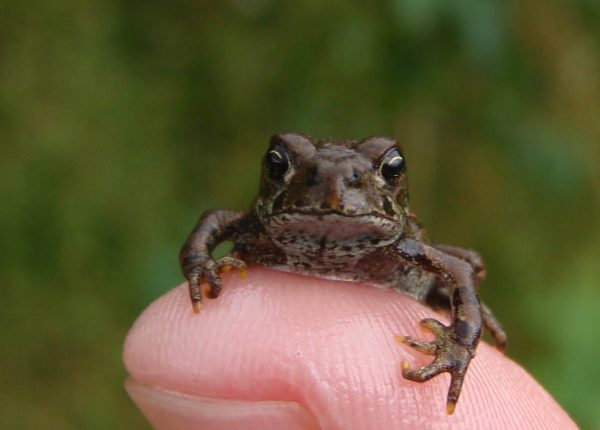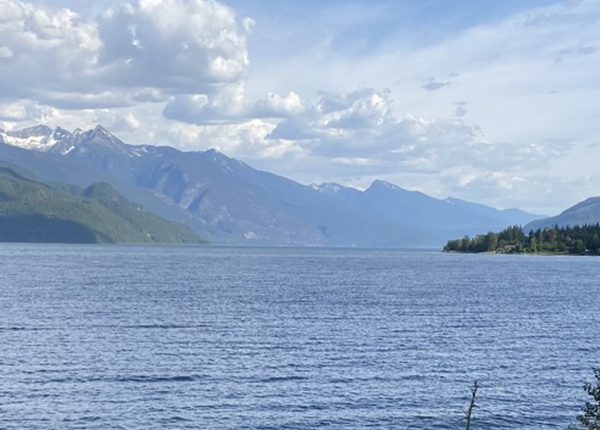Fifteen Lewis’s Woodpecker nests recorded in the West Kootenay
Fifteen West Kootenay nests for threatened Lewis’s Woodpeckers were confirmed in 2019–the most active nests found since 2008 when FWCP started funding this monitoring project. Lewis’s Woodpeckers often return to the same nest site but 11 of the nests were at new sites. Nine were located in the Pend d’Oreille Valley, six in the Upper Slocan River Watershed where three were found within 12–15 metres of each other in Black Cottonwoods.
Three new wildlife habitat areas have been proposed to protect nest sites on Crown land as a result.
The Lewis’s Woodpecker is a rare breeder and one of three recovery species associated with upland and dryland habitats in the FWCP Columbia Region. Its estimated regional population fluctuates between one and 15 pairs.
The monitoring project was carried out by wildlife biologist Jakob Dulisse, and is part of annual and ongoing non-game enhancement activities funded by the FWCP and delivered with support from the Ministry of Forests, Lands, Natural Resource Operations, and Rural Development through a letter of agreement. The final report will be available by March 31, 2020.
Lewis’s Woodpecker: Quick facts
- The Lewis’s Woodpecker (Melanerpes lewis) is listed as “Threatened” under schedule 1 of the Species at Risk Act and is Blue-listed by the B.C. Conservation Data Centre.
- Partners in Flight estimates that Lewis’s Woodpecker populations have declined by 72% between 1970 and 2014.
- Major threats to Lewis’s Woodpeckers include loss of habitat and wildlife trees through development, fire suppression, and beetle infestations.
- Additional threats to the Lewis’s Woodpecker include the cutting of nest trees for safety, aesthetics, or firewood; competition from invasive species (e.g., European Starlings); and insecticides.
- Although it’s a woodpecker by name, it mainly forages for insects on the wing, like flycatchers.
- Mainly nests in holes and crevices created by other woodpeckers or created naturally, in dead and decaying trees.
- It’s named after American explorer Meriwether Lewis who first saw the bird in 1805 while on the famous Lewis and Clark Expedition.





